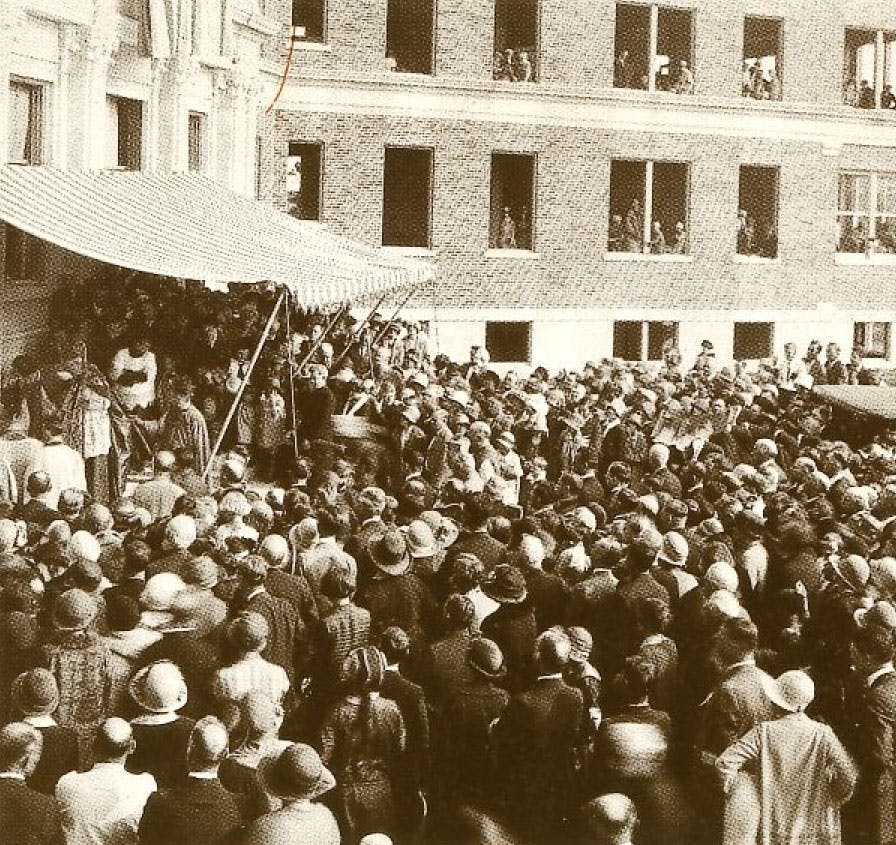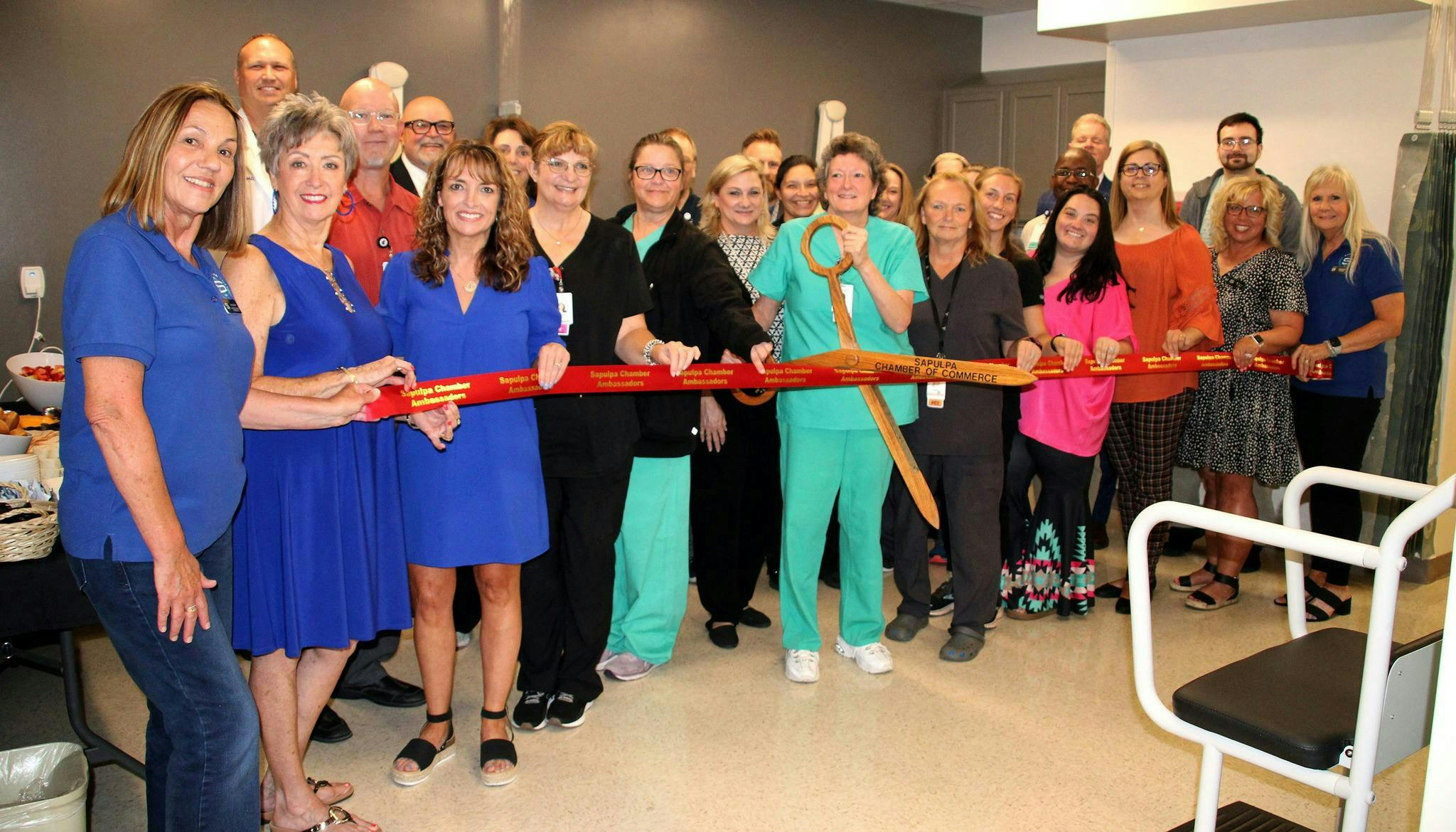Story
Celebrating St. John’s 90th Anniversary
Posted on March 1, 2023.
Posted on March 1, 2023.

St. John’s Hospital (renamed St. John Medical Center in 1976) officially opened on February 22, 1926, but its story began nine years before, in 1917.
The Sisters of the Sorrowful Mother (SSM), looking to establish a new medical ministry as they had in Wisconsin, Kansas and New Jersey, purchased an 8 ¾ acre farm at the dusty corner of 21st Street and Utica Avenue in Tulsa, Oklahoma. Groundbreaking for the hospital did not take place until 1920, and as finances languished, the uncompleted hospital stood empty for three years until renewed interest by members of the Catholic Church and city officials finished the facility.
Hundreds of Tulsans donated funds in 1925 to complete the original St. John building, which opened the following year. So great was the need for a true stand-alone hospital (throughout its brief history, Tulsa’s early medical facilities tended to be converted houses) that patients flooded St. John’s days before the hospital was officially opened – the first birth occurred there more than a week before the opening, on Valentine’s Day. Ever since, this community has supported St. John Health System, and St. John has worked to return the favor by providing the best care to our patients and their families.
In the beginning, the Sisters of SSM were evident in every aspect of St. John’s operations – administration and kitchen duty, dispensers of medications from the pharmacy and as tillers of the soil (where an eight-story parking garage now stands, the Sisters once had a good-size garden). Opening the same year as the hospital was St. John’s School of Nursing. Before it closed in 1976, the school graduated more than 1,400 nurses, including many of the Sisters who chose that profession as their mission.
St. John faced many of the same problems as other medical facilities, including the polio epidemic – by 1949, the hospital had 10 operational iron lungs – but its biggest challenge was often space. In 1948, a new hospital wing added 125 new beds; by the mid-1950s, another wing added another 202 beds to serve the rapidly growing community.
By then, St. John was becoming known as a city- and state-wide leader in healthcare. Tulsa’s first heart valve repair occurred there in 1955, followed by the city’s first successful pacemaker installation (1963), first coronary bypass (1969), and Oklahoma’s first linear accelerator for cancer treatment and Tulsa’s first neonatal intensive care unit (1971). That leadership continues today, with the state’s first da Vinci robotic surgical system used for prostate surgery (2005), first hospital in eastern Oklahoma to receive Magnet® designation for nursing excellence (2010; re-designated in 2015), and, this year, a joint venture between St. John Health System and the Tulsa Cancer Institute – the Oklahoma Cancer Specialists and Research Institute – providing comprehensive oncology services to the region.
Today, celebrating its 90th anniversary, St. John Health System presents medical excellence through six hospitals, St. John Clinic, a network of primary care physicians and specialists; and Regional Medical Laboratory, which processes more than 9 million tests each year. And the health system serves those most in need, investing more than $5 million annually to the Medical Access Program, serving Tulsa’s uninsured and underinsured populace; and presenting more than $78 million each year in community benefit.

One positive impact that came from the COVID-19 pandemic was the creation of the Associate Hardship Program. In 2020 The Ascension St. John Foundation provided $118,349.00 to local Oklahoma associates experiencing financial hardship in need of emergency assistance resulting from the COVID-19 pandemic. Since 2020, the Ascension St. John Foundation has seen the need to continue to provide support to our associates in all times of hardship. Through its generous donors, the foundation has been able to provide $2,146,266.00 in emergency assistance to associates experiencing various types of financial hardship.

Ascension St. John is celebrating the opening of a newly renovated infusion center. The center, located in Sapulpa, will serve patients in the community with blood disorders and those who need frequent injections. Thanks to our generous donors, the Ascension St. John Foundation was able to provide over $760,000 in support to complete this project!

St. John’s Hospital (renamed St. John Medical Center in 1976) officially opened on February 22, 1926, but its story began nine years before, in 1917.